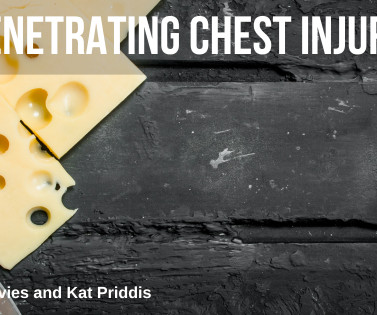ECG Blog #384 — Why So Fast?
Ken Grauer, MD
JUNE 26, 2023
The ECG in Figure-1 was obtained from a young man with a history of rheumatic heart disease — who presented with “palpitations”. He was hemodynamically stable at the time this tracing was recorded. How would YOU interpret the ECG in Figure-1 ? How would you treat the patient? Figure-1: The initial ECG in today’s case. What is the rhythm? How would you treat the patient?










































Let's personalize your content